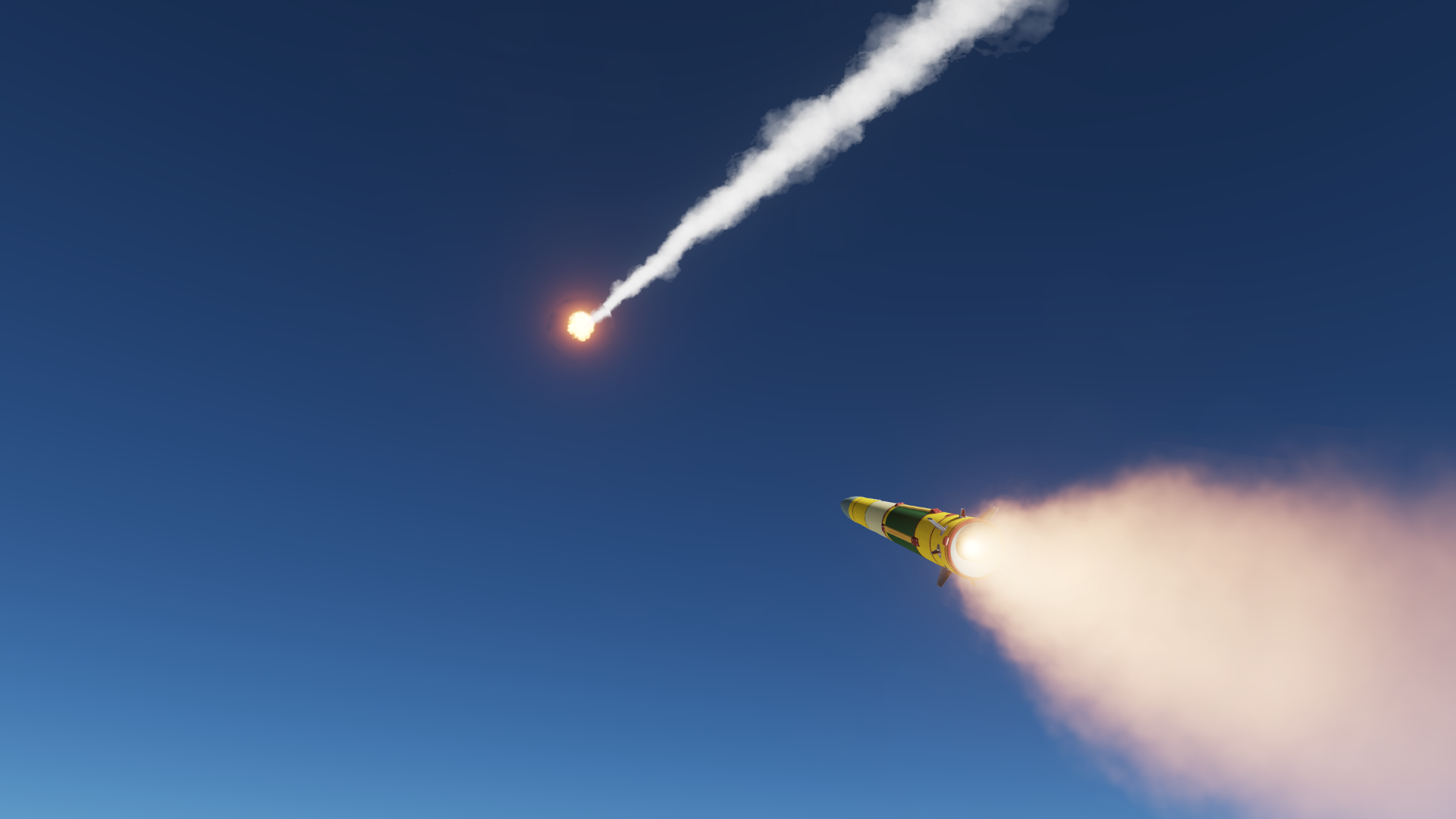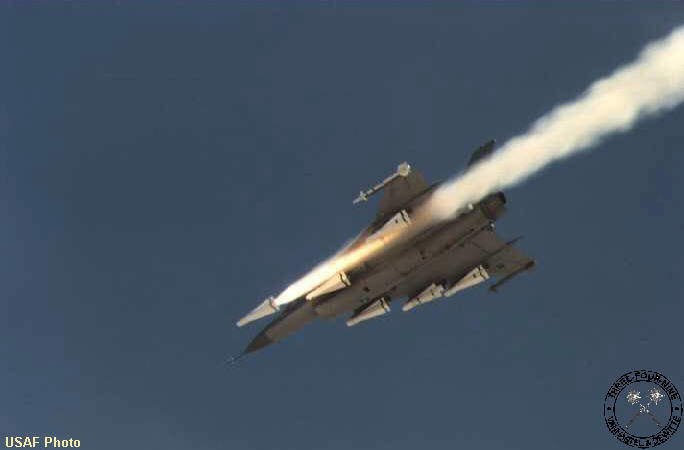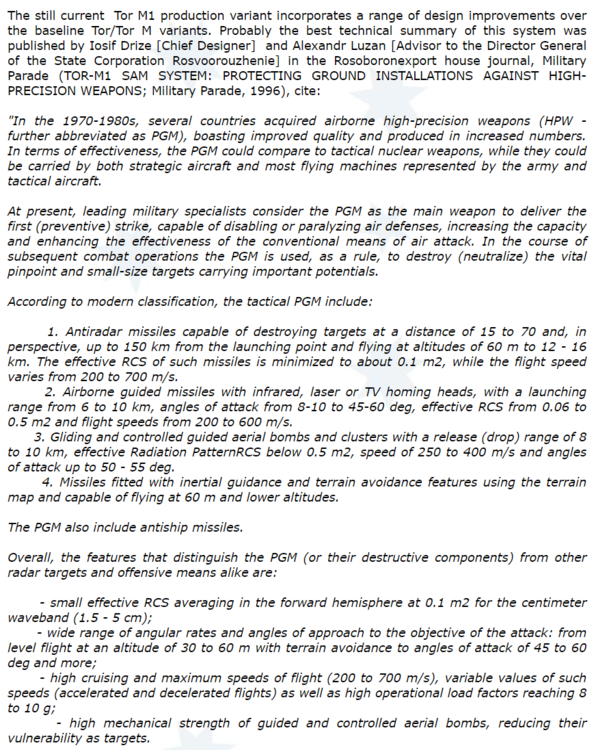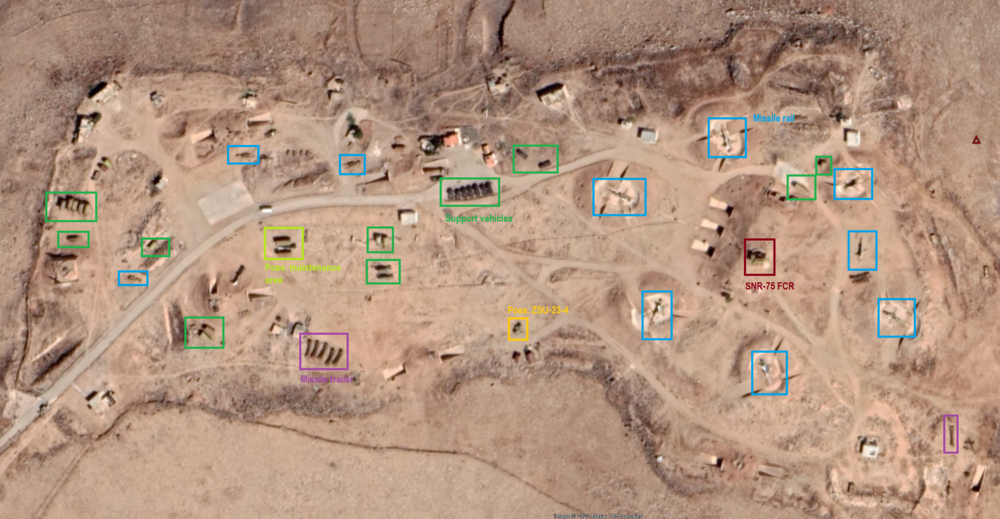-
Posts
238 -
Joined
-
Last visited
Content Type
Profiles
Forums
Events
Everything posted by LetMePickThat
-
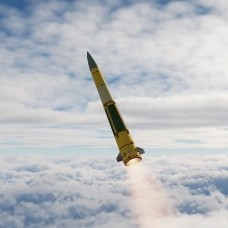
AIM-54 Hotfix PSA and Feedback Thread - Guided Discussion
LetMePickThat replied to IronMike's topic in DCS: F-14A & B
This is what most module makers do, I assume, regardless of whether the missile is a Fox 1, 2 or 3. Guidance algorithms aren't discussed in detail in open source litterature when dealing with specific missiles, even if the theory is well known. -
The Panstir is not CA-ready yet. CA doesn't handle multi-targets radars, hence the problems you have with it when controlling it directly. At the moment, I would suggest leaving the missiles to the AI and only use CA when/if you want to use the guns. Keep in mind that this is an early relase, and as such is filled with various bugs and limitations we are yet to solve. I'll take a look, thanks.
-
It should work, I'll take a look. It's up to you, both are very similar but the S-300 pack does not features the older units (e.g SA-2/3). The S-300 pack focuses more on modern(ish) systems. These lines aren't related to the problem at hand. Try using only the HDSM and you'll have the same errors. The systems in common are the following: S-300PS S-300PMU2 S-400 S-300V S-300VM I'll take a look and update the S-300 pack to ensure compatibility.
-

Will my PC work?
LetMePickThat replied to Blackjacks18's topic in DCS World Tutorial & Help Requests
Yes. -

High Digit SAMs - A community asset pack for DCS World
LetMePickThat replied to Auranis's topic in DCS Modding
GR is using systems we have not released yet. Stay tuned for more. -

High Digit SAMs - A community asset pack for DCS World
LetMePickThat replied to Auranis's topic in DCS Modding
We use AAP quite a lot. From the page you quoted: The V-759 is the 5Ya23. Note that values might not match exactly since DCS requires some tweaking here and there for gameplay purposes. -

High Digit SAMs - A community asset pack for DCS World
LetMePickThat replied to Auranis's topic in DCS Modding
Yep. Unfortunately, I haven't found a way to add custom SAM systems to the HAD... -
About that, why was that exhaust change not reported in the changelog? Also, why use that kind of exhaust, more commonly found on liquid-fuel engines, on most missiles, including some which use a solid fuel rocket engine? Solid fuel rockets usually have almost invisible shock diamonds, higher smoke density and less well "defined" exhaust. This new exhaust seems to be a downgrade from the old one for those missiles.
-
Check here: Yes, but it hasn't been released yet. In the meantime: Yes, the TEL is from the 51P6 series, with 3x48N6E2 and 4x9M96E2.
-

High Digit SAMs - A community asset pack for DCS World
LetMePickThat replied to Auranis's topic in DCS Modding
We don't have the right map for that (those would be deployed in Ru only), and I'm not a huge fan of building missions and making mods based on the tragedy we're currently going through; I think this would be a lack of respect for the soldiers of both sides. -

Udaloy 2 Destroyer mod
LetMePickThat replied to ak47freak's topic in Utility/Program Mods for DCS World
I can help you with that, I've already done that job on my side. PM me and I'll send you my current code. Defining new radars is part of the trick, but you also need a few designators to handle the actual engagement, then to slave the weapon systems themselves to said designators. Have you tried editing the gains and the feedback loop on the WS? I'm on my phone, so I can't check your code... ^^' -

Udaloy 2 Destroyer mod
LetMePickThat replied to ak47freak's topic in Utility/Program Mods for DCS World
Hey ! PM me and we'll see what we can do for those pesky CIWS not engaging missiles... -

Can onboard radar pick up air-to-air missiles?
LetMePickThat replied to Cmptohocah's topic in Sim Research
That's far from a given. The S-125 used was modified specifically to enhance its capabilities versus the F-117, and the plane was a relatively slow mover compared to a missile. The fact that the flight path of the F-117 was known in advance also considerably helped, and the crew had quite some time (minutes, vs. seconds in the case of a missile) to initiate a track and manually fine-tune the radar on the fly. On the SA-1/2/3, it is up to the operators to choose the level of de-noising and clutter suppression filters they want. You could perfectly display raw data with zero clutter suppression if you were trying to track/lock a low RCS target flying high above the ground clutter. Partially. You can get a very strong signal from an object yet discard it because it doesn't meet other requirements like relative speed (measured by doppler shift), range, or azimuth resolution. I agree. This is precisely why counter-PGM systems like the SA-15/19/22 rely heavily on automation, and why such systems became practical only when phased arrays and solid state electronics had matured enough. -

Can onboard radar pick up air-to-air missiles?
LetMePickThat replied to Cmptohocah's topic in Sim Research
The SA-3 you mentionned has a similar range vs. maneuverable targets, and the SA-6/11/17 are medium-range SAMs, not the same category as the SA-10/20 and SA-12/23. Now that I think about it, the SA-12/S-300V (1983) was also designed to intercept low-RCS PGWs, a byproduct of its intended triple role (conventional anti-air defense, counter-CM missions and SRBM defense). Anyway, the original topic was about fighter radar. -

Can onboard radar pick up air-to-air missiles?
LetMePickThat replied to Cmptohocah's topic in Sim Research
This is not true. The SA-15 was designed specifically for counter-PGM operations, incuding weapons like the Maverick, the HARM and the Alarm, and was introduced in 1983. The M1-2 reached IOC in 1998. The SA-19, introduced in 1982, also had some limited capabilities against subsonic air-to-ground weapons like the Mav'. True, but RCS is only part of the equation. A doppler radar will likely work better on a small RCS object moving at really high speed than on a free-falling object of relatively large size and low speed. Discrimination would also play in the missile's favor, since it would not be part of a cloud of debris and would be the only object in the radar's field of vision. Completely true, if a missile lock is possible, it can only be achieved at short range. In DCS, both the F-14 and the Mirage 2000C can achieve radar locks on incoming missiles. This screwed me a few time since my radar would rather auto-lock on the missile coming at me rather than on the bogey behind it. -
Mostly exact, yes. http://www.ausairpower.net/PVO-S/SNR-75M3-AV-UV-Vans-MiroslavGyurosi-1S.jpg Yes. See the two links I provided above. They are not always colocated with the radars, the cables allow them to be installed as far as 200m away from the antenna itself. Correct. You would need an aweful lot of them. The fire control radar alone requires three plus ba ckup. Then, you'd need to power on the rails, the UV/AV modules, the search radars, etc. How many exactly would depend on the configuration of the site, same for the question of which equipements they would be connected to. In practice, the operators usually "make do" with what they have and the topography of the site, which results in vastly different patters from one battery to the other.

